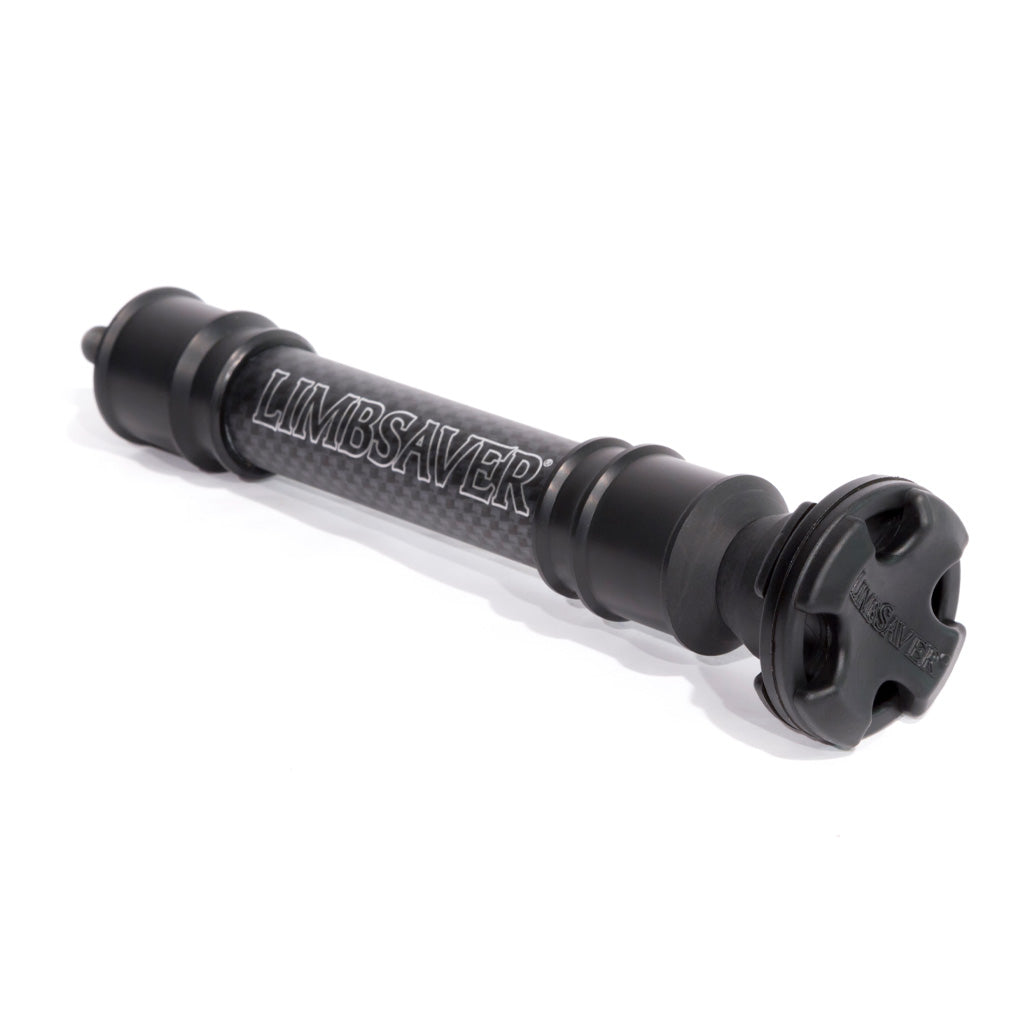How to Choose the Right Bow Stabilizer: Specialist Tips and Suggestions
How to Choose the Right Bow Stabilizer: Specialist Tips and Suggestions
Blog Article
Optimize Your Archery Precision With These Bow Stabilizer Strategies
One vital aspect that can significantly affect your performance is the correct usage of bow stabilizers. Whether you are a seasoned archer looking to refine your abilities or a novice excited to improve your accuracy, mastering these bow stabilizer methods could be the secret to striking your mark with unparalleled uniformity.
Advantages of Utilizing Bow Stabilizers
Using bow stabilizers can substantially improve an archer's precision and general performance by decreasing bow torque and resonance. Bow torque, caused by the unequal circulation of weight in the bow, can result in variances in shot placement. By affixing a bow stabilizer, the weight is rearranged, lowering the effects of torque and aiding the archer attain a more constant shot. In addition, bow stabilizers dampen vibration, which not only boosts the comfort of capturing yet additionally stops the bow from leaping upon launch, thus assisting in preserving correct aim.
Additionally, bow stabilizers can assist in holding the bow steady, specifically during gusty problems or when firing from longer ranges. The added weight at the front of the bow gives security and balance, enabling the archer to concentrate on intending without the disturbance of bow motion. Overall, the benefits of utilizing bow stabilizers expand past just precision, enhancing the archer's experience and performance in different shooting scenarios.
Picking the Right Bow Stabilizer
Choosing the suitable bow stabilizer is critical for enhancing your archery devices and enhancing shooting efficiency. Larger stabilizers can help decrease bow torque and soak up more vibration, leading to a steadier goal.

Last but not least, take into consideration the style of the stabilizer. Some stabilizers feature adjustable weights or dampeners that enable you to tailor the equilibrium and feel of your bow. Eventually, choosing the best bow stabilizer involves locating an equilibrium in between weight, material, design, and size to enhance your shooting precision and general performance.
Correct Setup Techniques
To guarantee optimal performance and safety in archery, mastering proper installment strategies for your bow stabilizer is more information vital. The initial step in installing a bow stabilizer is to determine the proper placement on your bow. A lot of stabilizers are affixed to the front of the riser, below the grip, to help counterbalance the weight of devices such as quivers and views. Guarantee that the stabilizer is not conflicting with various other elements or preventing your capturing kind.
Following, securely attach the stabilizer to the bow using the proper placing equipment. It is critical to tighten up the stabilizer comfortably to avoid any type of tottering throughout shots. Some stabilizers include flexible weights that can be added or eliminated to tweak the balance of your bow. Trying out different weight arrangements to look at here now find the optimal equilibrium that suits your capturing style.

Adjusting Stabilizer Weight and Length
After guaranteeing the proper installation of your bow stabilizer, the next step includes readjusting the weight and size to optimize its efficiency in boosting archery precision. The weight of the stabilizer plays a critical role in decreasing bow motion during the shot cycle.
A longer stabilizer can provide better security by boosting the distance between the bow and the weight at the end of the stabilizer. On the other hand, a shorter stabilizer supplies much more maneuverability and may be favored by archers who value agility and quick activities during capturing.
Advanced Stabilizer Tuning Tips
Attaining optimum bow security and precision in archery requires a nuanced strategy to advanced stabilizer tuning. Advanced stabilizer adjusting involves fine-tuning various components to improve the bow's equilibrium, decrease vibration, and enhance overall precision.
An additional essential facet of advanced stabilizer adjusting is maximizing the damping residential properties of the stabilizer system. Checking out different products for the stabilizer building and construction, such as carbon fiber or aluminum, can additionally influence the bow's efficiency by altering its weight circulation and stiffness.
Verdict
In final thought, maximizing archery precision can be accomplished via the correct selection, installation, and modification of bow stabilizers. In general, including bow stabilizers into archery method can lead to improved performance and boosted precision.
Utilizing bow stabilizers can significantly boost an archer's precision and overall performance by minimizing bow torque and vibration. Longer stabilizers provide greater stability and balance, especially for long-distance shooting, while shorter stabilizers provide even more flexibility and are simpler to steer in tight areas (bow stabilizer). Carbon fiber stabilizers are durable and light-weight, while light weight aluminum stabilizers are robust and offer superb vibration wetting
A longer stabilizer can offer higher stability by increasing the distance between the bow and the weight at the end of the stabilizer.One more essential facet of advanced stabilizer tuning is optimizing the damping homes of the stabilizer system.
Report this page